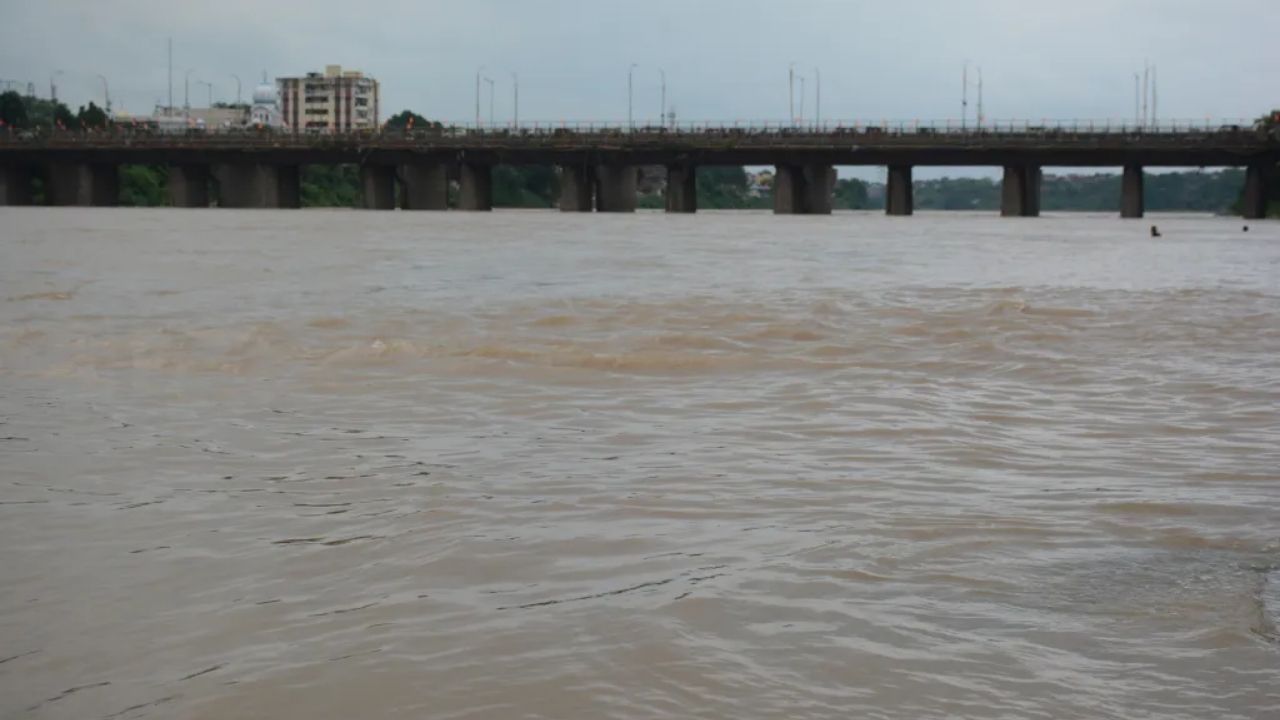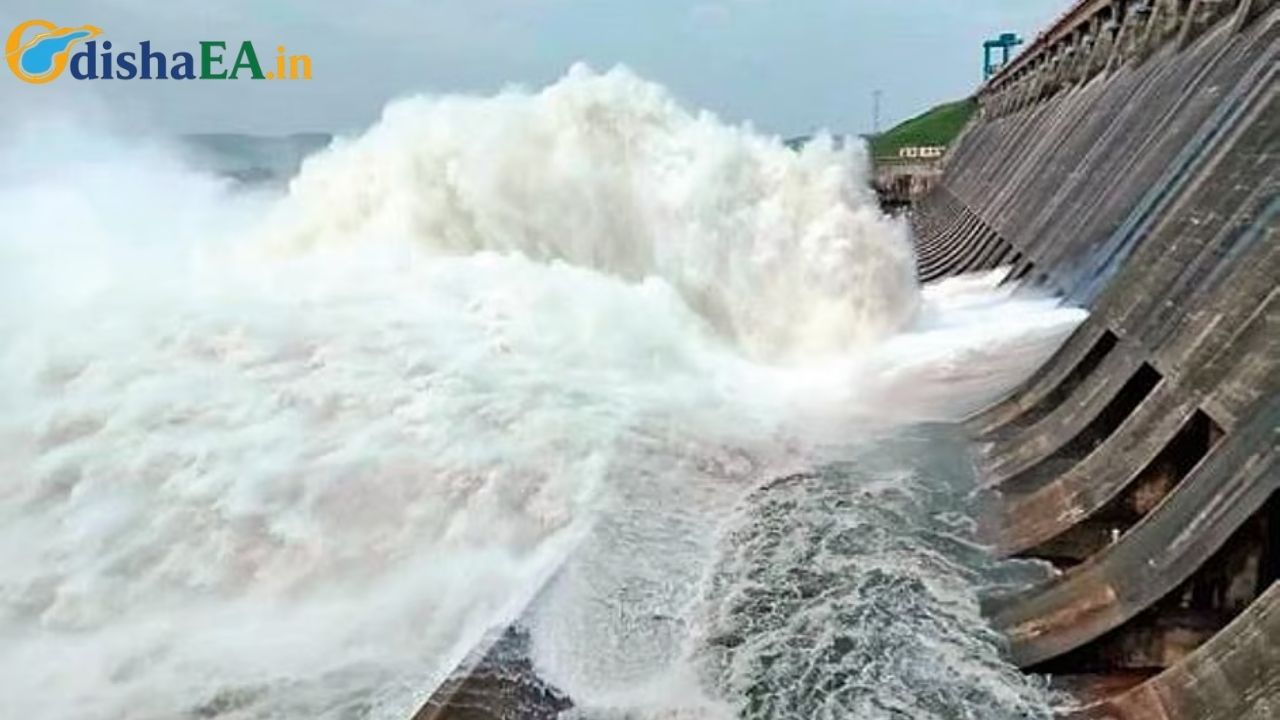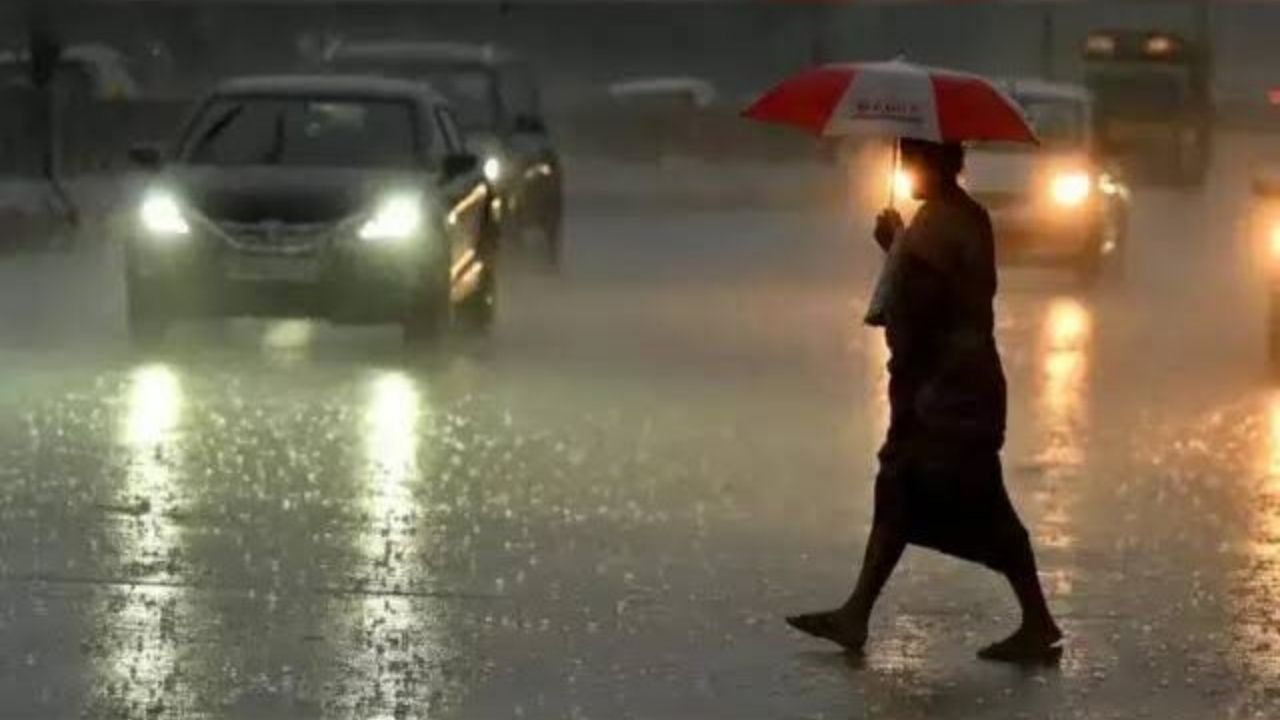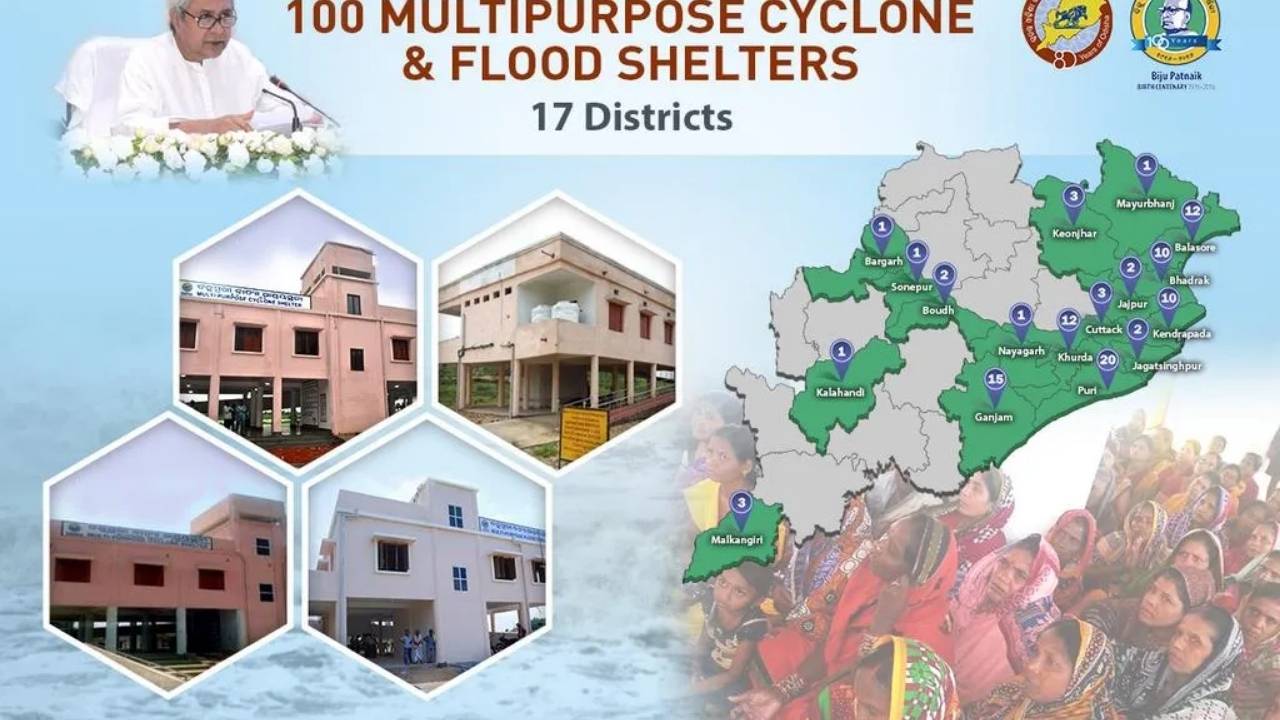The Odisha government is on high alert as two major rivers, Jalaka and Subarnarekha, in the northern districts of the state have surpassed their danger levels, causing significant flood risks. With rainfall continuing to pour in, both rivers are threatening to breach their banks, putting several villages and towns in jeopardy. In response, the state government has activated emergency measures to protect residents, including evacuation plans and the deployment of rescue teams.
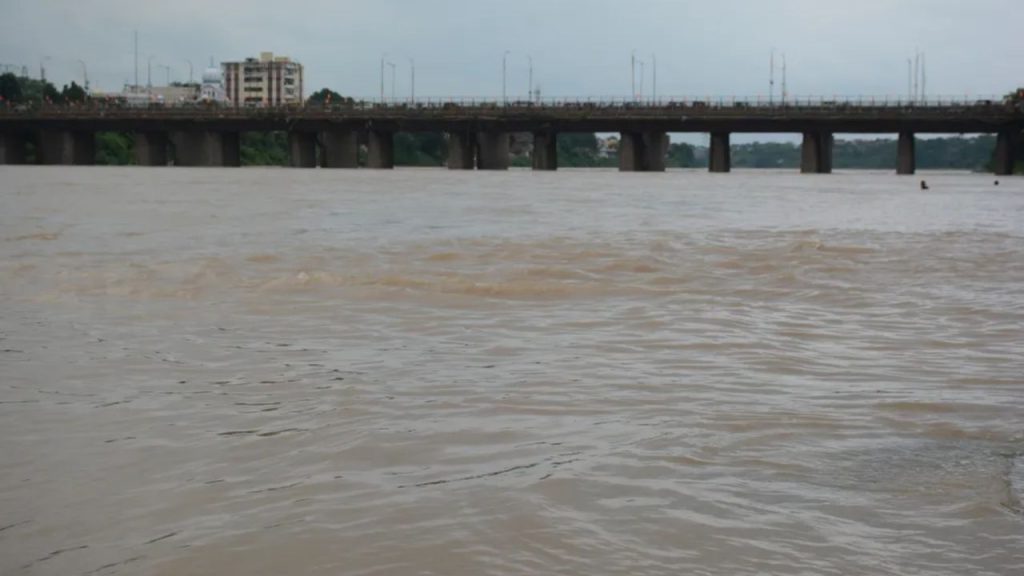
In this article, we’ll dive deep into the current flood situation in Odisha, examining the data behind these rising water levels, what’s being done to mitigate the impact, and how residents can stay safe. Whether you’re a concerned citizen, a professional working in disaster management, or just someone who wants to know more about the situation, this article will help you understand the full scope of the problem and the proactive steps being taken to safeguard lives and property.
Jalaka and Subarnarekha Rivers Exceed Danger Levels
| Key Information | Details |
|---|---|
| Rivers Affected | Jalaka and Subarnarekha |
| Danger Levels | Subarnarekha at 9.55 meters, approaching 10.36 meters |
| Evacuations | Ongoing in high-risk areas like Basta, Baliapal, Jaleswar |
| Government Actions | Flood cell activation, 24/7 operations, rescue teams on standby |
| Weather Outlook | Yellow warning for 15 districts including Balasore, Bhadrak, Mayurbhanj |
| Affected Areas | 250 villages across Balasore, Bhadrak, and Jajpur |
| Evacuation Advice | Residents in flood-prone areas advised to move to higher ground |
Source: Odisha TV | Deccan Chronicle
The current flood situation in Odisha is a stark reminder of how quickly nature can change, and the importance of being prepared. The Odisha government has taken significant steps to safeguard residents, but individuals must also stay vigilant and follow safety protocols.
As we continue to face unpredictable weather patterns and extreme events, it is vital to learn from situations like these, so we can build resilient communities that can withstand the challenges of climate
The Flood Situation in Odisha
In recent weeks, heavy rains have caused a sharp rise in the water levels of the Jalaka and Subarnarekha rivers, which flow through Odisha’s northern districts, including Balasore, Bhadrak, and Jajpur. Both rivers have crossed their danger levels, putting the state at significant flood risk. As the situation continues to evolve, the Odisha government has moved into full disaster management mode, focusing on evacuation, relief operations, and rescue operations to prevent further damage.
While natural disasters like floods are a recurring threat in many parts of India, the frequency and intensity of such events have become more pronounced due to the impacts of climate change. This highlights the need for preparedness, awareness, and rapid action to reduce the impact on vulnerable populations.

Why is this Happening?
Before we go further into the current situation, let’s take a look at the core causes of these floods.
1. Heavy Rainfall and Overflows:
The state has been experiencing above-average rainfall for several days, which has contributed to the swelling of the rivers. As the rains pour in from different parts of the state and neighboring areas like Jharkhand, the rivers receive an overwhelming volume of water that they simply cannot accommodate.
2. Dam Water Releases:
The Galudih Barrage in Jharkhand, located upstream on the Subarnarekha River, has also been releasing water to prevent the dam from overflowing. However, this has worsened the situation in downstream areas of Odisha, causing water levels to rise above the danger mark.
3. Increased Vulnerability Due to Climate Change:
Climate change is playing a significant role in the rising frequency and intensity of extreme weather events like floods. The effects of global warming, combined with changes in rainfall patterns, are pushing more rivers to exceed their banks, even in regions previously considered less vulnerable to flooding.
The Rivers at Risk: Subarnarekha and Jalaka
Subarnarekha River:
The Subarnarekha is a major river in Odisha that flows through the state into the Bay of Bengal. As of Sunday morning, the water level at Rajghat (near Balasore) was recorded at 9.55 meters, exceeding the warning level of 9.45 meters and approaching the danger level of 10.36 meters. Experts predict that the water level could surge further to around 11.40 meters by the end of the day. This is alarming for the Balasore district, where multiple low-lying villages are already under water.
Jalaka River:
The Jalaka River has also risen to 7.20 meters at Basta block, surpassing the danger mark of 6.50 meters. This rise in water levels has resulted in flooding in several villages along its banks, displacing over 320 residents as of now. In places like Jaleswar, Baliapal, and Bhograi, floodwaters have submerged roads, farmland, and homes, leaving locals stranded.
The government has already initiated evacuation procedures for these areas, with the help of rescue teams and boats. More than 100 villages in Balasore, Bhadrak, and Jajpur districts are at risk due to the overflowing rivers.
Government Response: What’s Being Done?
The Odisha government is taking immediate and aggressive steps to mitigate the effects of these floods and protect residents from the worst impacts. Here are the key actions being taken:
1. Evacuations and Shelter Support:
The government has already evacuated thousands of people from flood-prone areas, including low-lying villages and riverbanks. Cyclone shelters are being used to house displaced people, ensuring their safety from rising floodwaters. Authorities are also moving people to higher ground to avoid being caught in flash floods.
2. Flood Cell Operations:
The state’s flood cell has been activated to monitor river levels and weather forecasts in real time. The flood cell works in coordination with local authorities, including the District Collectors and the State Disaster Response Force (SDRF). The team is monitoring water levels, issuing warnings, and coordinating with local rescue teams to ensure rapid response.
3. Rescue Operations:
Rescue teams, including the Odisha Disaster Rapid Action Force (ODRAF), National Disaster Response Force (NDRF), and fire services, are on high alert. These teams are equipped with boats, helicopters, and lifesaving gear to rescue stranded residents. They are also focusing on evacuating vulnerable individuals, such as the elderly, children, and those with disabilities.
4. Infrastructure and Road Maintenance:
To ensure smooth evacuation and transport, the government is working on clearing roads and repairing damaged infrastructure. Efforts are being made to ensure supply chains are maintained for essential goods like food, water, and medical supplies.
Key Advice for Residents in Flood-Prone Areas
If you live in a flood-prone area, it’s crucial to be prepared. Here are some key steps to ensure your safety and the safety of your loved ones:
1. Stay Informed:
Regularly check local news, weather apps, and official updates from the Odisha State Disaster Management Authority (OSDMA). Alerts and warnings will be issued through these channels to help you stay updated.
2. Move to Higher Ground:
If you’re in a flood-risk zone, move to higher ground immediately. Avoid low-lying areas and try to reach safe shelters. If you live near a river or a water body, be especially vigilant.
3. Prepare an Emergency Kit:
Always have an emergency kit ready. This kit should include:
- Non-perishable food
- Clean drinking water
- Flashlights and extra batteries
- First aid supplies
- Essential medicines
- Important documents (ID, insurance, etc.)
4. Follow Evacuation Orders:
If you’re asked to evacuate, do so immediately. Floodwaters can rise quickly, and staying behind to collect personal belongings can be dangerous. Listen to authorities and evacuate as directed.
Threat of Flooding Intensifies in Odisha as Jalaka, Baitarani Rivers Surpass Danger Levels
State Government Launches Ambitious River Linking Initiative to Address Floods and Droughts
Midnight Canal Flooding Submerges Homes in Bhadrak, 30 Families Affected
FAQs
What’s causing the flood in Odisha right now?
The recent floods in Odisha are caused by heavy rainfall, dam water releases, and the rising water levels in Jalaka and Subarnarekha rivers. These factors, combined with climate change, have worsened the situation.
How bad is the situation in Balasore?
Balasore is one of the most affected districts. The Subarnarekha river has breached its danger level, and several villages in the region are already flooded. Evacuations are ongoing, and shelters are being provided for displaced families.
What should I do if I’m asked to evacuate?
If you’re asked to evacuate, follow the instructions from local authorities immediately. Head to a cyclone shelter or move to higher ground, and avoid flooded roads. Take your emergency kit with you.
How can I help people affected by the flood?
You can donate to relief funds, volunteer with local organizations, or provide basic supplies like food and water. Keep an eye out for official donation drives or calls for help from credible organizations.

